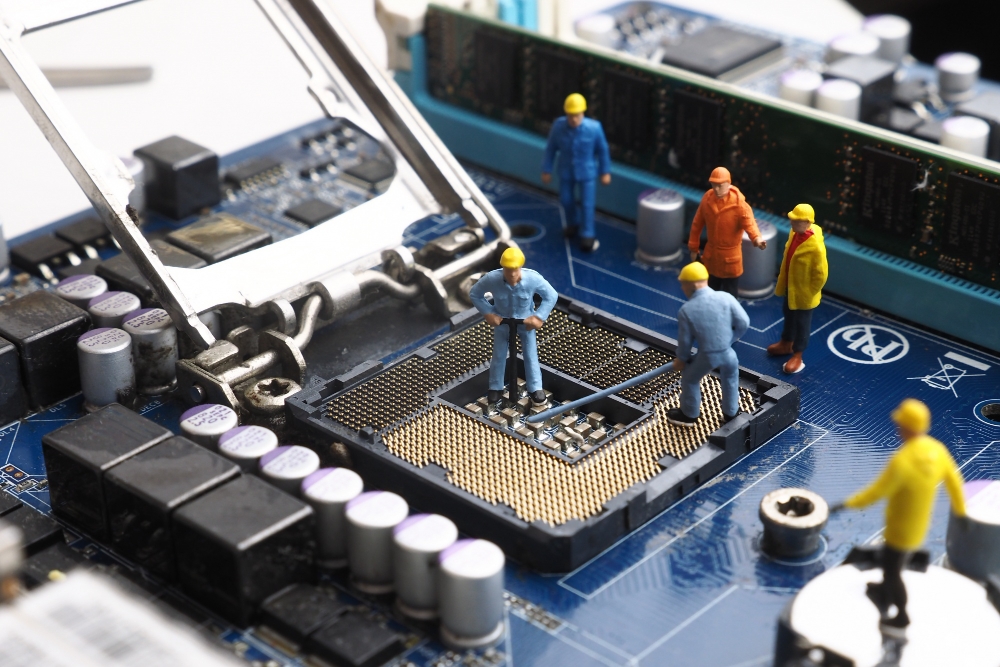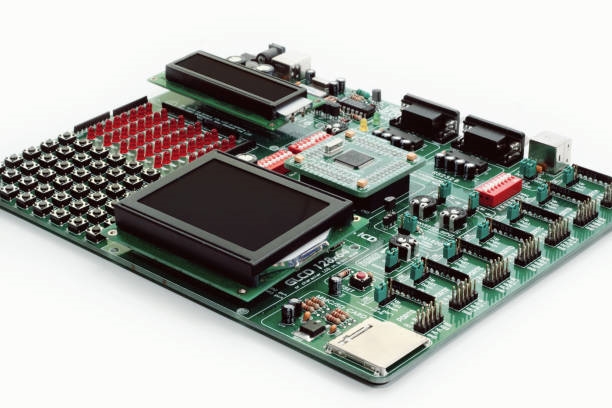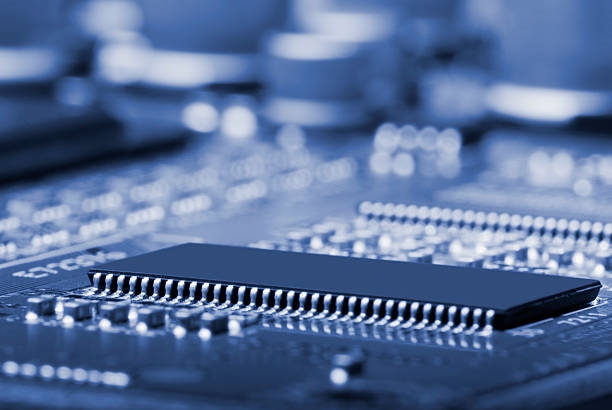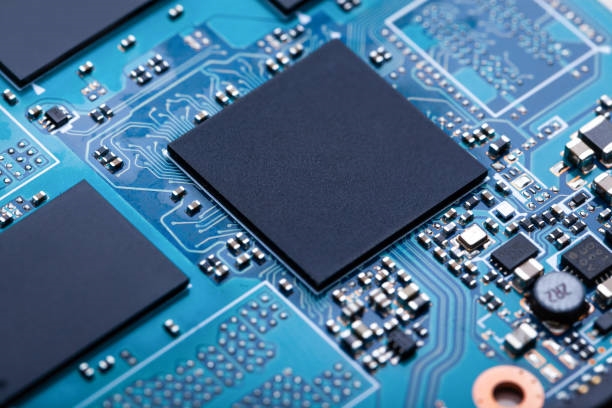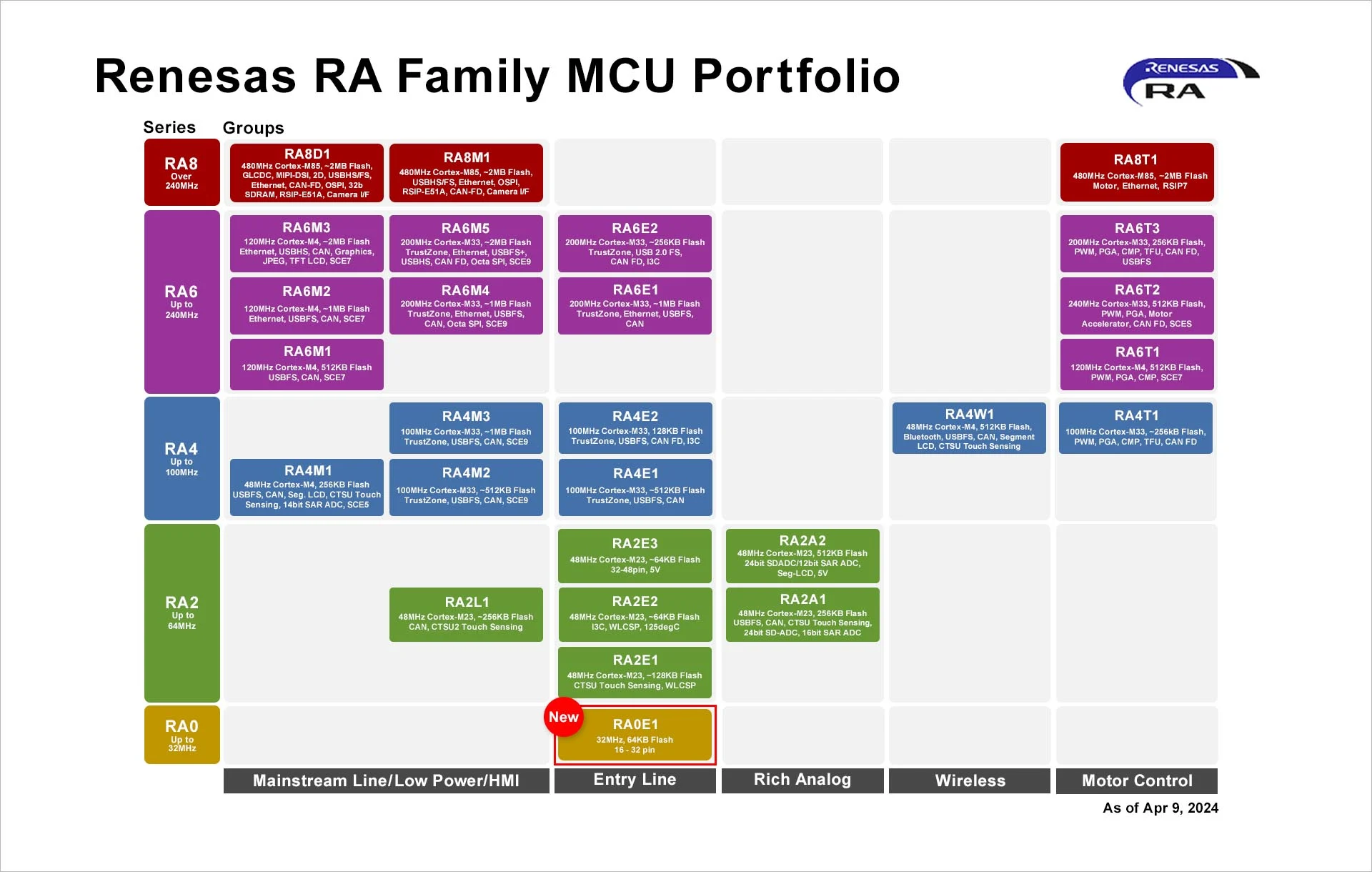
This article provides an overview of the new RA0 series of Arm MCUs, which offer high performance and flexibility for entry-level applications.
As the RA MCU family expands into the entry-level market, the new RA0 series brings the innovation, security, and reliability of the Renesas Electronics portfolio to a wider range of general-purpose applications. The RA0E1, the first device in this series, offers excellent cost-effectiveness and ultra-low power consumption, delivering CPU performance up to 32 MHz with its Arm Cortex-M23 core.
Key features and benefits of the latest addition to the RA family include:
RA0 Series Key Features
Energy-Efficient Operation
- Features ultra-low power consumption.
- Operating current of only 84.3 µA/MHz and standby current as low as 200 nA.
- A flexible power architecture enables fast wake-up from standby mode.
Cost-Effective Enhancement
- Priced competitively with 8/16-bit MCUs.
- Offers lower BOM costs and a smaller memory footprint.
- Supported by the Flexible Software Package (FSP) and HAL drivers.
Efficient Integration and Simplified Development
- Significantly lowers the entry barrier for migrating from 8/16-bit to 32-bit MCU systems.
- Simplified and optimized features, multiple memory size options, and compact package choices.
- Support from the Arm ecosystem and Renesas' proprietary development tools.
- Reference design solutions available for various applications.
Solution Benefits for Your Design
Optimized Feature Set
The RA0E1 provides an optimized set of functions and features for cost-sensitive, entry-level MCU applications. While existing MCUs offer a rich set of timers, analog, touch, and security functions, the RA0E1 has a feature set specifically optimized for these applications. Renesas also provides a hardware and software scalability upgrade path between the RA2 and RA0 series. This allows designs built on the RA0E1 to be easily upgraded later to create higher-performance systems. Both series integrate the Arm M23 CPU core and are pin-to-pin compatible. Peripheral functions and registers are also compatible, and HAL drivers can be directly ported between RA series devices. The same development tools can be used for both.

Low-Power Operation
The RA0E1 offers low power consumption in both run and software standby modes. In normal operating mode, power consumption is as low as 84.3 µA/MHz when executing NOP instructions, meaning the CPU can idle in active mode at very low power while waiting for an interrupt. Even in fully active run mode, various low-power options are available by reducing the CPU clock speed. Software standby mode deactivates the MCU's on-chip functions to reduce power consumption to the lowest possible level, with the RA0E1 having a typical software standby current of 200 nA. Furthermore, the RA0E1's wake-up time from standby is 1.6 µs. This minimizes wasted power during intermittent operation in battery-powered applications, thereby maximizing the application's uptime.
The RA0E1 features three power modes. These flexible system settings enable designers to maximize battery life for all functions in the end application.

Ease of Use
The RA0E1 development environment is designed to be easy to use and flexible for both new and existing RA users. Renesas provides comprehensive support for seamless development, backed by a robust ecosystem. Key components include the Flexible Software Package (FSP) with HAL drivers, development tools (IDE, debugger, compiler), and a cost-effective fast prototyping board. The RA family is supported by three different IDEs: the Eclipse-based e2 studio from Renesas, Keil MDK, and IAR Embedded Workbench. To accelerate development, the FPB-RA0E1 fast prototyping board is widely available from Renesas and its distribution partners. This evaluation board allows designers to start development quickly and bring new products to market faster.

Conclusion
The ultra-low-power RA0E1 features optimized peripherals that help lower BOM costs and simplify designs for the entry-level MCU market. This new MCU streamlines the design process and accelerates time-to-market.
 ALLPCB
ALLPCB


